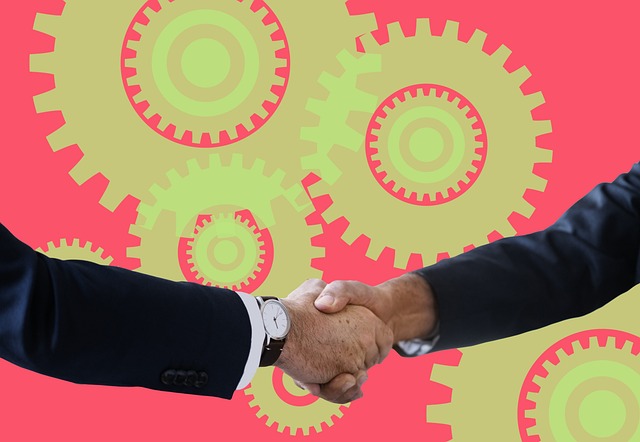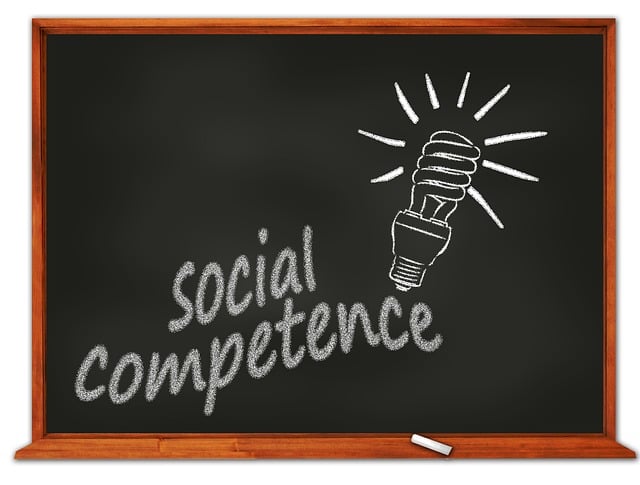General Liability (GL) insurance is crucial for small businesses, offering protection against legal claims and damages from personal injury or property damage. It covers risks like slip-and-falls, product liability, and false arrest, acting as a financial safety net. Small businesses should choose policies tailored to their specific needs, evaluate risk factors, and understand policy exclusions and limits. Best practices include staying informed about industry risks, maintaining records, adjusting coverage according to business growth, reporting claims promptly, and consulting insurance brokers regularly.
Small businesses face a range of risks that can lead to significant financial losses. One crucial aspect of risk management is understanding and securing adequate General Liability (GL) insurance. This article guides you through the essentials of GL, from its coverage scope and importance to navigating claims processes. We explore who needs GL protection, common business hazards, policy types, risk assessment, budgeting, exclusions, and best practices for comprehensive coverage. Equip yourself with this knowledge to safeguard your business against unforeseen liabilities.
Understanding General Liability: What It Covers and Why It Matters

General Liability is a crucial aspect of insurance for small businesses, providing protection against various legal claims and damages. It covers a wide range of incidents that may cause personal injury or property damage to customers, clients, or bystanders on your business premises. This includes situations like slip-and-fall accidents, product liability issues, or even false arrest. By having General Liability coverage, small businesses can safeguard themselves against potential financial losses and legal expenses that may arise from these unforeseen events.
The importance of this type of insurance lies in its ability to offer a safety net during unexpected incidents. It ensures that business owners are not left liable for damages out of their control, allowing them to focus on running their operations smoothly. Moreover, General Liability can help maintain the financial stability and reputation of small businesses by providing prompt compensation and legal assistance when needed, ultimately fostering trust with customers and partners alike.
Who Needs General Liability Insurance? Uncovering Common Business Risks

Every small business owner should consider acquiring General Liability Insurance, as it provides protection against a wide range of potential risks and liabilities. This type of insurance is essential for safeguarding your financial stability and that of your business. General Liability covers various scenarios, including property damage or personal injury claims arising from your business activities, products you sell, or services provided.
Common business risks that General Liability Insurance can help mitigate include slip-and-fall accidents on your premises, product defects leading to injuries or damages, and negligence resulting in customer injuries or property loss. By having this coverage, small businesses can better navigate unexpected legal issues, covering defense costs and potential settlements, which could otherwise cripple a young enterprise.
Types of General Liability Policies: Options for Small Businesses

Small businesses have a variety of options when it comes to General Liability (GL) policies, each designed to protect against different risks and liabilities. The most common types include:
1. Business Owner’s Policy (BOP): This is a combination of property insurance and general liability coverage. It provides protection against property damage, theft, and certain lawsuits arising from your business operations. BOPs are often recommended for small businesses due to their simplicity and comprehensive nature.
2. Professional Liability Insurance: Also known as errors and omissions (E&O) insurance, this type of GL policy protects against claims related to professional negligence or mistakes in services provided. It’s crucial for businesses like consultants, accountants, or lawyers who are at higher risk of legal disputes over the quality of their work.
3. Product Liability Insurance: This covers businesses that manufacture, distribute, or sell products. If a customer is injured by a product defect, this policy helps pay for related medical expenses and legal fees. It’s essential for retailers and manufacturers alike to protect against product-related liabilities.
How General Liability Claims Work: From Notification to Resolution

General Liability claims are a common risk for small businesses, and understanding their flow is crucial. The process begins when a customer or third party notifies the business about potential harm or damage caused by their operations. This notification can be verbal or written, and it’s essential to document all such instances promptly. Once notified, the business has a legal obligation to take action and investigate the claim.
The resolution phase involves several steps: the business acknowledges the claim, conducts an internal review to assess liability, and takes appropriate measures to rectify the issue. This may include offering compensation, implementing changes to prevent future occurrences, or both. The goal is to reach a mutually agreeable solution, ensuring customer satisfaction while mitigating potential legal consequences associated with General Liability claims.
Evaluating Your Business Risk: Key Factors in Determining Liability Exposure

Evaluating your business risk is a crucial step in understanding and managing potential liability exposure, which forms the core aspect of general liability for small businesses. Several key factors play a significant role in determining how susceptible your organization is to legal claims and financial burdens. First, consider the nature of your operations and services; certain industries and activities inherently carry higher risks of accidents or injuries. For instance, construction sites or food service establishments must be vigilant about safety protocols to mitigate slip-and-fall incidents or food poisoning cases.
Additionally, the size and scope of your business operations matter. Larger enterprises with a broader reach may face more complex legal landscapes due to their extensive customer base and diverse product offerings. Conversely, smaller businesses might have more focused operations but could still be vulnerable to claims related to defective products, professional negligence, or contractual disputes. Assessing these risks involves scrutinizing employee training, safety measures, insurance coverage, and the robustness of your risk management strategies.
Cost and Coverage Considerations: Budgeting for General Liability Insurance

General Liability insurance is a crucial component of risk management for any small business, offering protection against financial loss due to claims of bodily injury or property damage. When considering this coverage, understanding cost and coverage considerations is essential. Premiums vary widely based on factors like industry, location, and revenue, with smaller businesses often paying between 0.5% and 2% of their annual revenue. This investment is a necessary expense, as the average cost of litigation alone can far exceed insurance premiums.
Coverage limits also play a significant role in budgeting. Standard policies typically range from $1 million to $5 million, but higher limits may be required for businesses facing higher risks. It’s important to assess potential liabilities and choose coverage that aligns with your specific needs. Additionally, understanding what is excluded under the policy is vital; some common exclusions include intentional acts, employment-related practices, and certain types of damage or loss.
Exclusions and Limits: Understanding the Gaps and Maximums of Your Policy

General Liability policies, while essential for small businesses, come with certain exclusions and limits that every entrepreneur should understand. These clauses spell out what isn’t covered under your policy, leaving gaps in protection for specific types of claims. For instance, personal and advertising injury often falls outside the scope of General Liability, meaning damages related to someone’s physical injuries or their property damage caused by negligent advertising are not typically included.
Policy limits also define the maximum amount of compensation your insurance will provide for covered claims. Understanding these limits is crucial as they can vary widely between policies. Knowing what’s excluded and how much coverage you have ensures that your business is adequately protected, enabling you to manage risks more effectively and focus on growth.
Staying Protected: Best Practices for Maintaining Comprehensive General Liability Coverage

Staying Protected: Best Practices for Maintaining Comprehensive General Liability Coverage
Small businesses are vulnerable to a variety of risks, from slip-and-fall accidents on premises to product liability claims. A robust General Liability (GL) insurance policy acts as a shield, covering legal costs and damages associated with these incidents. To ensure adequate protection, business owners should regularly review their GL coverage and adopt best practices for maintaining comprehensive policies. This includes understanding potential risks specific to their industry and location, keeping records updated and accurate, and ensuring the policy limits align with the business’s size and assets.
Moreover, prompt reporting of claims or incidents is crucial. Business owners must familiarize themselves with their policy’s notice requirements, as timely notification can prevent coverage denials. Additionally, staying informed about changes in state laws and industry regulations is essential, as these updates may impact liability exposure and insurance needs. Regular discussions with a trusted insurance broker can facilitate this process and ensure the GL policy remains tailored to the evolving landscape of the small business.
